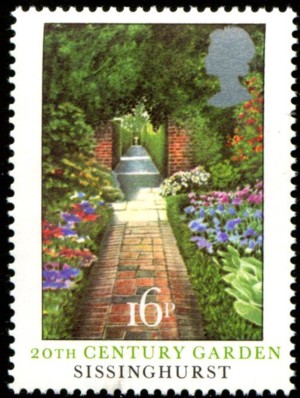Kent is one the UK’s most wildlife-rich counties, a result of its varied geology, long coastline, landscape history, southerly location and proximity to mainland Europe. Its important wildlife habitats include estuaries, chalk cliffs, woodlands, and chalk downland, and encompass some of the South East’s most iconic landscapes, such as the shingle headland of Dungeness and the White Cliffs of Dover. Kent lost eight species of butterfly during the last 100 years, and at least three further species now only survive as very localised populations. Kent’s moth fauna has undergone substantial change, with species being lost and gained, but the number of species lost far outweighs the number gained. During the 20th century, Kent lost one of its five reptile species, and one of its six amphibians. Thirty-seven regularly occurring bird species have decreased or been lost entirely to Kent. The Greater and Lesser Horseshoe bats became extinct in Kent during the 20th Century. Between 1900 and 2010, more than 30 wild plants were lost from Kent.
Source:
The State of Kent’s Wildlife in 2011, Kent Biodiversity Partnership (attached)

- Login om te reageren
